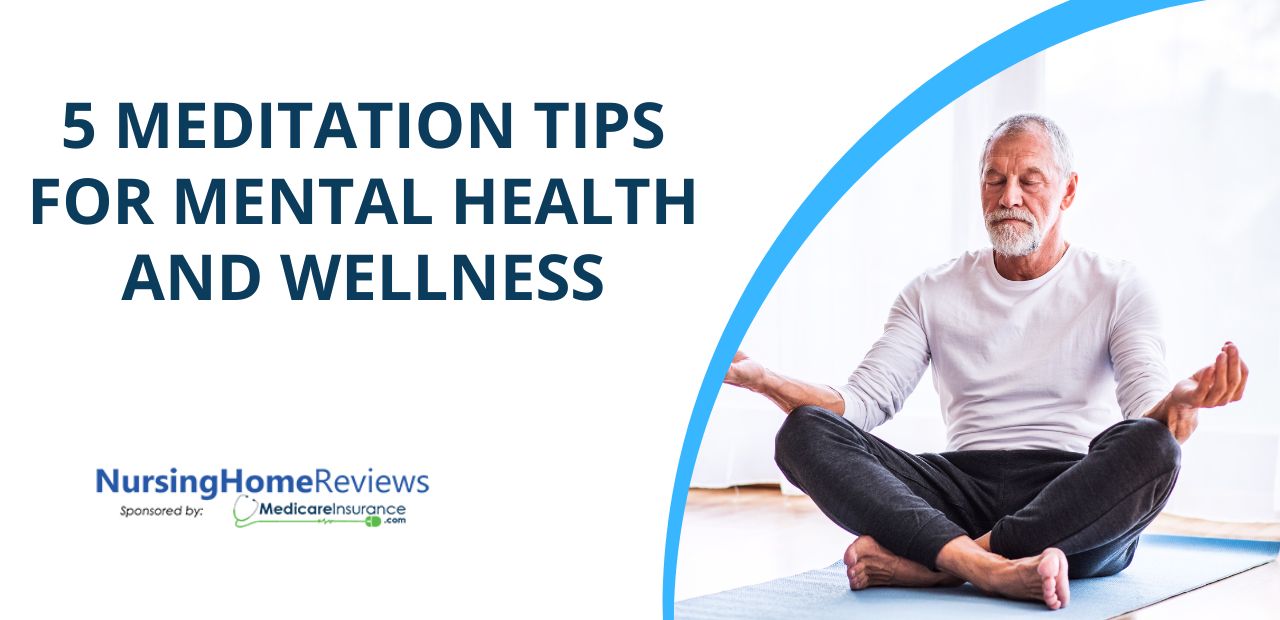
Meditation for Seniors: Great for Overall Health
Depression is one of the most common mental disorders experienced by senior citizens. As you age, changes in your body, your mind, and your social circle can leave you with some very dark feelings. It’s normal to feel a little down about the typical symptoms of aging. However, being able to bounce back from them and re-center yourself is important.
Seniors are always looking for ways to give their mental health a boost. Medication is always an option, but there are other holistic methods that can be just as good, if not better for mental health and mental wellness. One such holistic method is the process of meditation.
If you aren’t familiar with meditation, it’s a practice that requires you to block out the stresses of the world and focus inward on the self. It can either be led by a guide, or you can take some time during your day to retreat to a quiet place to meditate on your own. There really is no right or wrong way to meditate. It all depends on your feelings, your wishes, and your desire to get the most out of the process.
Meditation for seniors is great for your overall health in your golden years. While we can’t tell you how to meditate, we can give you some meditation tips to make the practice a little easier. Below, you’ll find 5 meditation tips to help you find a clear path to mental health and wellness in your golden years.
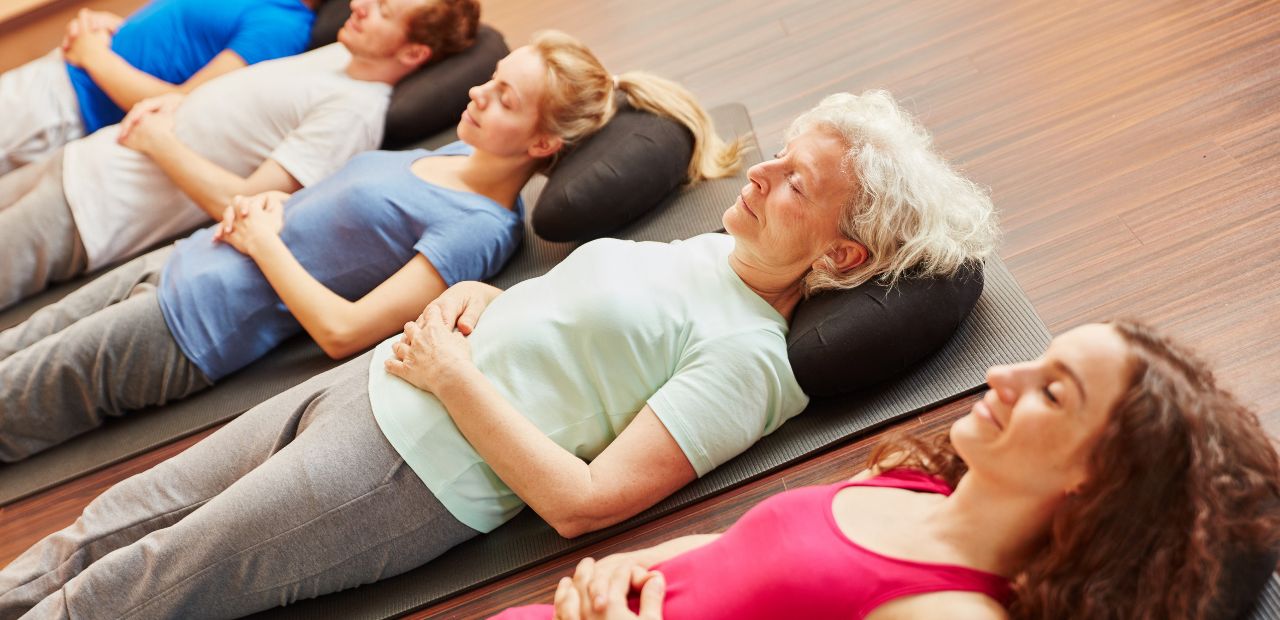
1: Try a Guided Meditation Session
If you’ve never meditated before, you can be unsure of how or where to start. For your very first meditation session, at least, try a guided session. Your local senior center may offer classes where you join a small group and learn to meditate with the assistance of a guide. The most common form of guided meditation offered at senior centers is the Tai Chi class, but some local centers may offer guided body scan or mindfulness meditation classes.
Does the idea of meditating in a room with others sound unappealing? You can actually take part in guided meditation sessions at home. Some meditation teachers sell guided sessions on CD or tape, and free guided video sessions are easy to find on YouTube.
Want to find a retirement community or facility that offers guided meditation classes?
Start your search today.
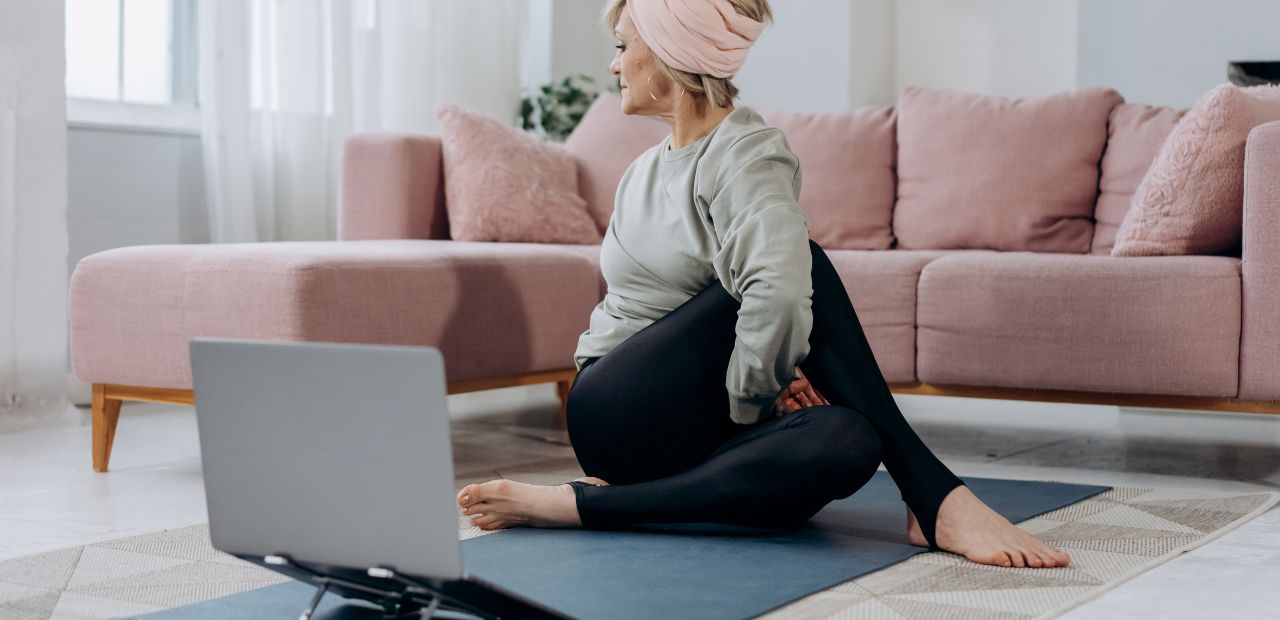
2: Find a Calm, Quiet Space
This is probably one of the most important meditation tips you’ll read here today. It’s next to impossible to meditate in a brightly-lit area full of noise and bustle. The only way to get true benefit out of your meditation sessions is to have them in calm, quiet spaces that will allow you to truly center and focus on yourself. It’s also important that the place feels comfortable to you.
For example, your home is probably the best place to meditate any time of the day. Here are a few ways to create a calm space where you can meditate with little to no issue at all:
- Limit distractions – turn off your phone, quiet any alarms, etc.
- Dim or completely turn out any lighting (a few candles can help create a soothing environment)
- Quiet any harsh or overly loud noise
- Try playing soft, soothing instrumental music or nature sounds to put your mind at ease
- Optimize relaxation with comfortable bedding or seating
By following the list above, you’ll find it easy to create a calm, quiet environment where you can get the most out of your meditation sessions.
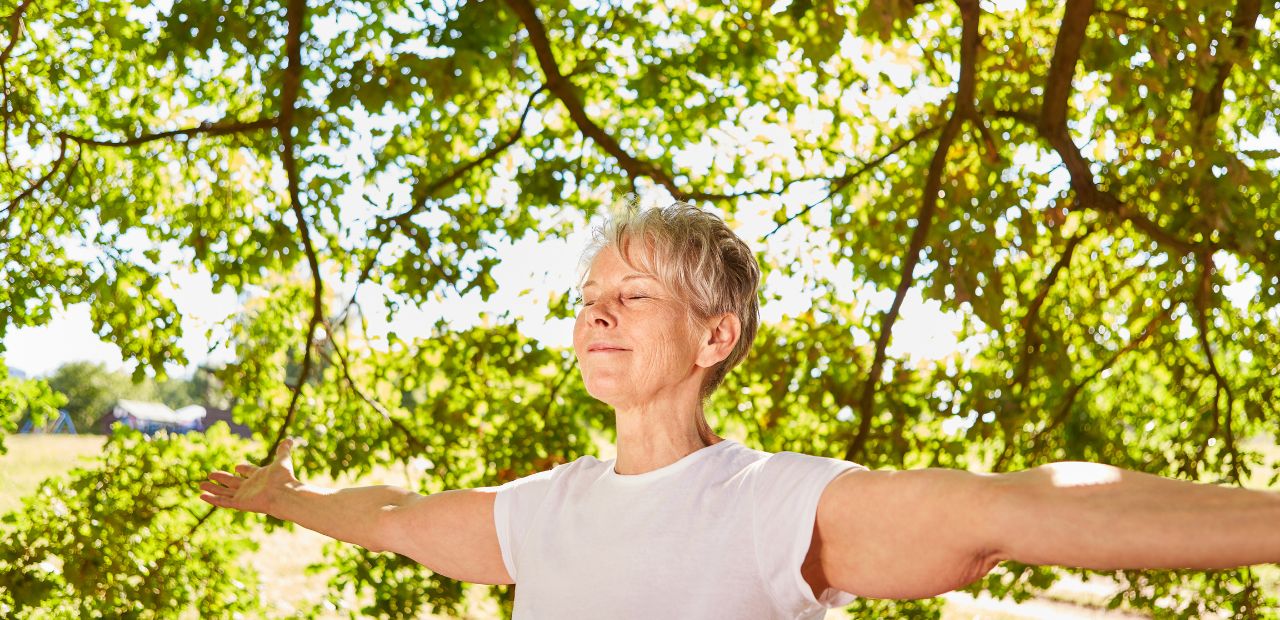
3: Try Different Techniques to Find What Works Best For You
Like any form of exercise, mental or physical, meditation techniques and practices can greatly differ. Never feel like you have to meditate in the same way that a friend, neighbor, or colleague meditates (if they meditate). Next up on our list of meditation tips? Try different meditation techniques to find what works for you.
We’ve all seen how meditation is portrayed in movies and on television. We’re taught that, in order to meditate, you must sit cross-legged on the floor under the guidance of a mystical counselor. Rarely in real life does meditation ever actually look like this!
For some, meditation looks like having a seat in their favorite recliner, closing their eyes for a moment, and taking a few deep breaths. To others, it’s a rigorous session of hot yoga at the senior center. If you’ve been afraid to meditate because of feeling like you have to do it a certain way, fear no more. Meditation is what you make it, especially if that looks like taking the time to walk a little slower while you whisper a motivational phrase under your breath.
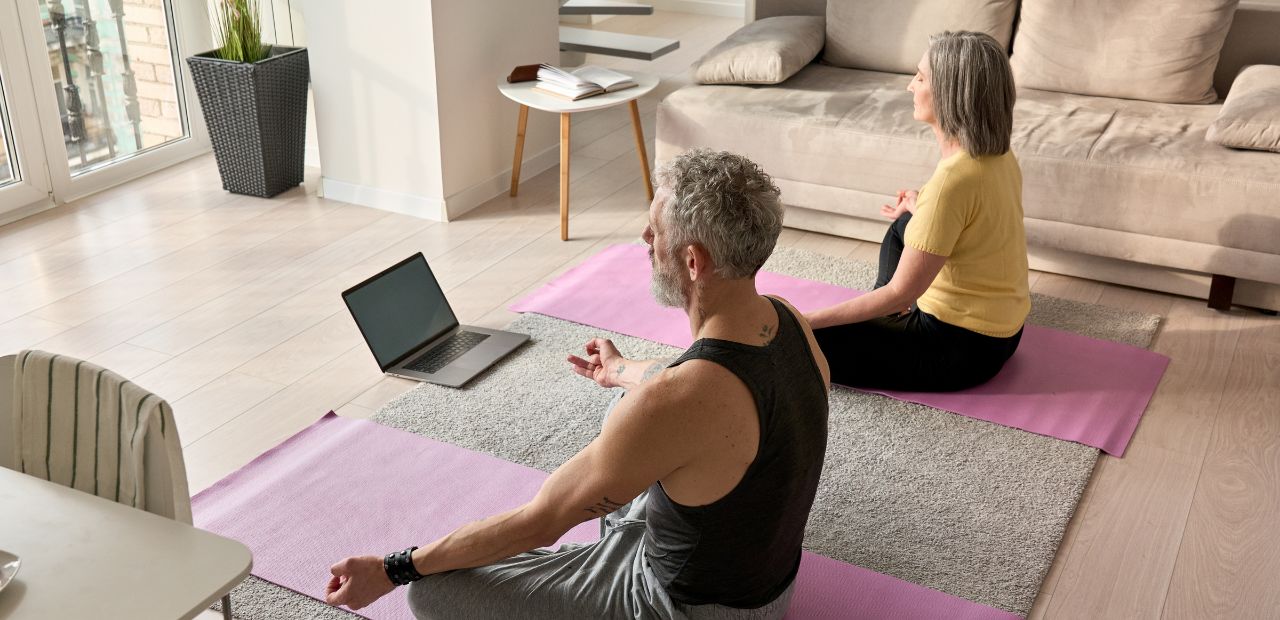
4: Without Comfort, There is No Focus
Remember how we mentioned earlier that meditation stereotypically looks like sitting cross-legged on the floor for hours, eyes closed, and chanting? While many seniors may be physically able to meditate like that, you may have physical challenges that keep you from taking part in such an experience. In order to have a successful meditation session, you’ll need to do what makes you comfortable.
Again, comfort may look like sitting in your recliner for a few minutes, or lying on your bed. If you choose to lie down, “body scan” meditation may prove helpful in keeping your session from becoming physically uncomfortable and cumbersome. During a “body scan” meditation session, you start with your toes and work toward relaxing every part of your body to give yourself a chance to focus on the task at hand. This is one of the most common forms of meditation, and is typically guided.
If this proves to be uncomfortable, remember, just taking a few moments wherever you are to close your eyes and take a deep breath or two can be just as effective as anything else. As long as you’re comfortable, that’s what matters.
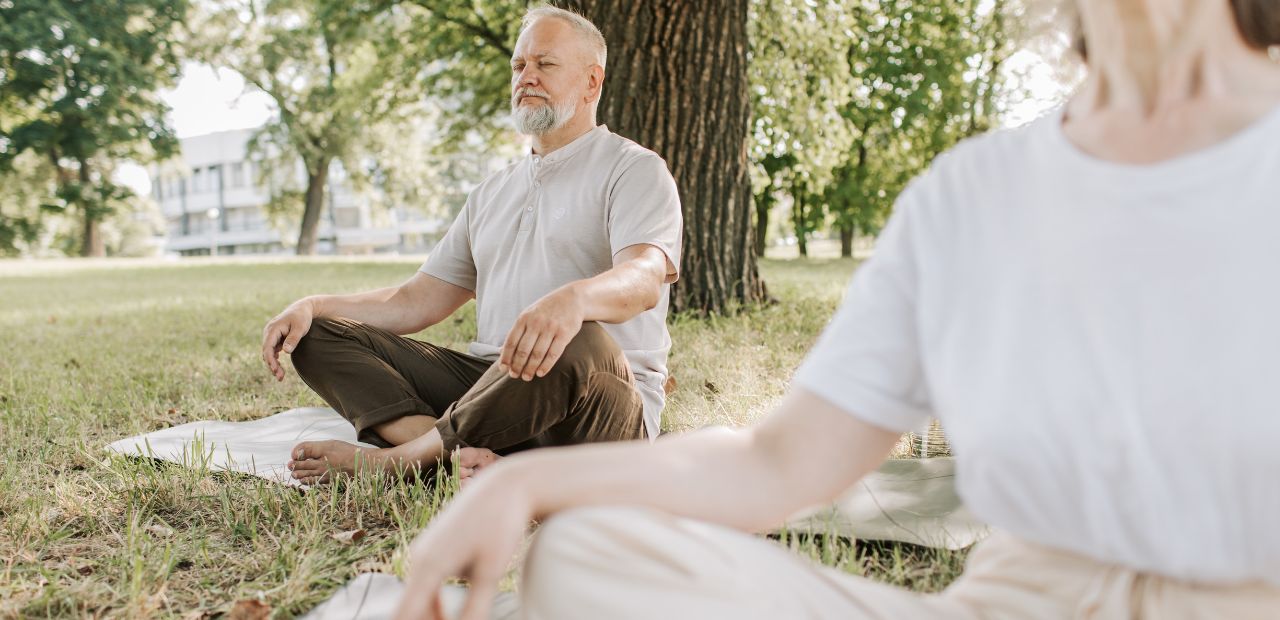
5: You Get Out of Meditation What You Put In
We’ve saved this for last on our list of meditation tips because it’s probably the most important one to remember. Meditation for seniors only works if you’re truly interested in and dedicated to the process. If you’re trying it because you feel like you should, even if you don’t believe it works, you’re not going to put much into trying. This means that you’re not going to get much out of it.
Meditation, especially mindfulness meditation, requires thought and effort. In fact, it takes just as much effort as any rigorous motion-based exercise would. Taking the time to focus on yourself requires you to be present and in the moment, and to look inward in an effort to achieve a sense of calm and balance. Mindfulness meditation, one of the most common forms of the practice, is tough for many new practitioners because it requires being focused on oneself more than usual.
Mental health and mental wellness can be vastly improved with meditation, whether it’s a daily, weekly, or even monthly practice. It can help you overcome depression, combat anxiety, and even resolve inner conflict in ways that medication cannot. However, to see any improvement, you’ll need to keep an open mind as you move through the practice. If you follow our meditation tips and resolve to be open about it, you may notice positive changes that’ll help you feel younger and healthier than ever.





